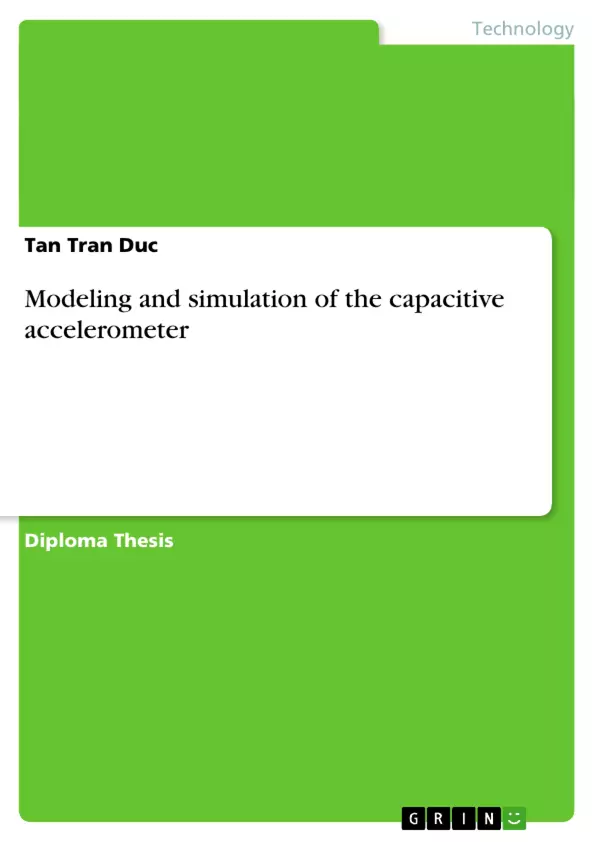Microelectromechanical systems (MEMS) are collection of microsensors and actuators that have the ability to sense its environment and react to changes in that environment with the use of a microcircuit control. They also include the conventional microelectronics packaging, integrating antenna structures for command signals into microelectromechanical structures for desired sensing and actuating functions. The system may also need micropower supply, microrelay, and microsignal processing units. Microcomponents make the system faster, more reliable, cheaper, and capable of incorporating more complex functions. In the beginning of 1990s, MEMS appeared with the aid of the development of integrated circuit fabrication processes, in which sensors, actuators, and control functions are co-fabricated in silicon [1]. Since then, remarkable research progresses have been achieved in MEMS under the strong promotions from both government and industries. In addition to the commercialization of some less integrated MEMS devices, such as microaccelerometers, inkjet printer head, micromirrors for projection, etc., the concepts and feasibility of more complex MEMS devices have been proposed and demonstrated for the applications in such varied fields as microfluidics, aerospace, biomedical, chemical analysis, wireless communications, data storage, display, optics, etc. Some branches of MEMS, appearing as microoptoelectromechanical systems (MOEMS), micro total analysis systems, etc., have attracted a great research since their potential applications’ market.
Inhaltsverzeichnis (Table of Contents)
- Chapter 1: Introduction
- 1.1 Overview of MEMS
- 1.2 Silicon Micro Accelerometers
- 1.2.1 Electromechanical Accelerometers
Zielsetzung und Themenschwerpunkte (Objectives and Key Themes)
This master's thesis aims to model and simulate a capacitive accelerometer. The work focuses on the principles of microelectromechanical systems (MEMS) and their application in accelerometer design.
- Overview of MEMS technology and its applications.
- Detailed explanation of silicon micro-accelerometers and their various types.
- Focus on capacitive and electromechanical accelerometer principles.
- Exploration of micromachining techniques in MEMS fabrication.
- Simulation and modeling aspects of the capacitive accelerometer.
Zusammenfassung der Kapitel (Chapter Summaries)
Chapter 1: Introduction provides a comprehensive overview of MEMS, focusing on their applications and fabrication processes. It details the development of MEMS technology, specifically silicon micromachining, and introduces various types of accelerometers, including electromechanical, piezoelectric, piezoresistive, capacitive, and resonant accelerometers. A detailed explanation of electromechanical accelerometers is included, highlighting their operational principles and advantages.
Schlüsselwörter (Keywords)
Microelectromechanical systems (MEMS), capacitive accelerometer, silicon micromachining, electromechanical accelerometers, modeling, simulation, microfabrication, inertial sensors.
- Quote paper
- Msc Tan Tran Duc (Author), 2005, Modeling and simulation of the capacitive accelerometer, Munich, GRIN Verlag, https://www.grin.com/document/120835



